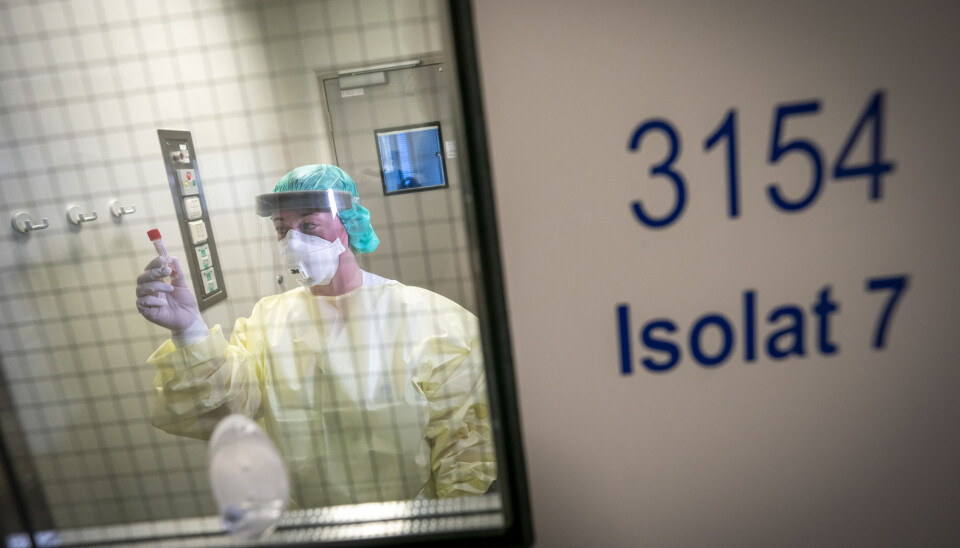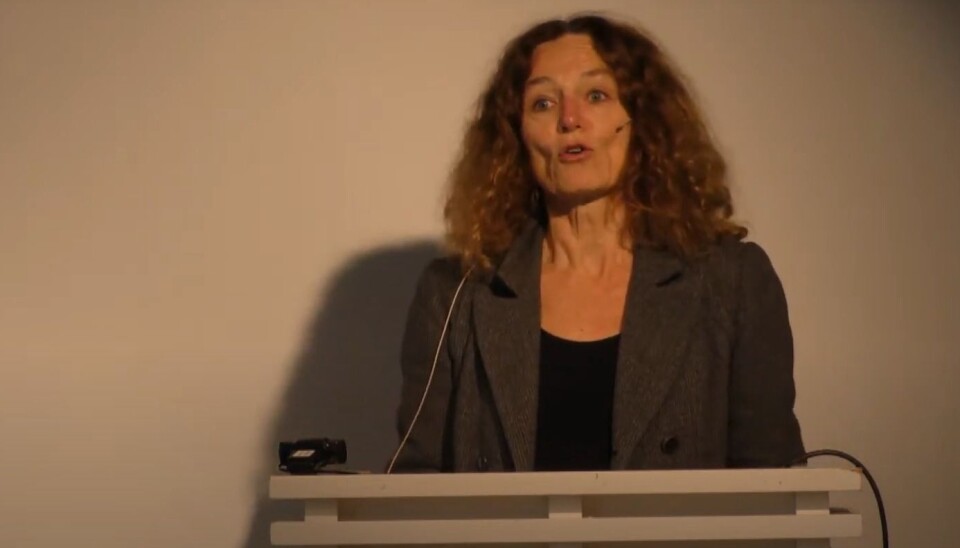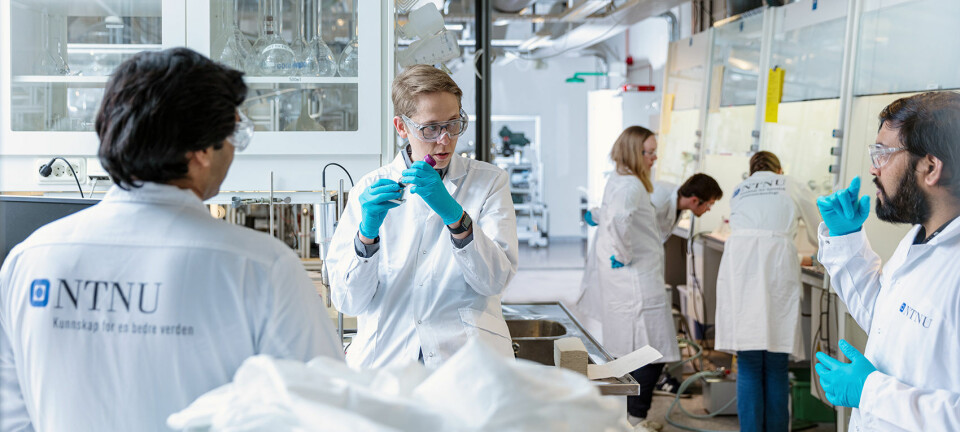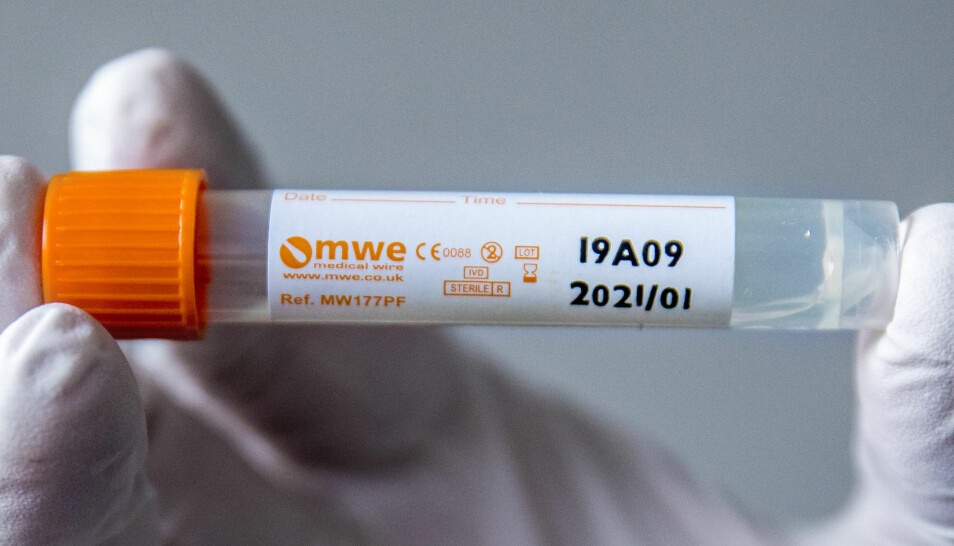
Norwegian COVID-19 patients: Physicians surprised by length of stay on ventilators
At the onset of the pandemic, Norway created a new coronavirus registry for patients hospitalized with COVID-19. Here’s what we know about them so far.
When the coronavirus hit Norway in March this year, it didn’t take long before a new registry was in place. In this new coronavirus registry, there is information about all the patients who have been hospitalized due to COVID-19 from March up until today.
All the hospitals in Norway have sent information to the registry daily. This has given new knowledge about the Norwegian corona patients.
Just over 1000 people have been admitted to hospital in Norway with COVID-19 so far. According to figures from the corona registry, 7 per cent of them were health personnel.
“We have identified a few things about how the virus has behaved in Norway. And this was different to how it was in the beginning in Central Europe”, said Eirik Alnes Buanes at a seminar organized by the Norwegian Institute of Public Health (NIPH).
Buanes is head of the Norwegian intensive care- and pandemic registry and chief physician in intensive care medicine.
At the seminar he shared some numbers from the ongoing registry.

Almost one out of three Norwegians were infected abroad
In March, Norwegian media reported about people who fell ill with the coronavirus after skiing holidays in Italy and Austria. But for many it might still be surprising to learn how many of the just over 1000 seriously ill patients who were infected in another country.
27 per cent caught the coronavirus while travelling abroad, according to numbers presented at the seminar.
The rest of the hospitalized patients were infected in Norway.
Many did not have trouble breathing
Three out of ten did not have trouble breathing when they were admitted to hospital, according to the COVID-registry.
“Most of them did have trouble breathing, but not all. And the degree to which they experienced trouble breathing varied”, Buanes explained.
The majority of the admitted patients did not require intensive care. About half of the admitted patients however received antibiotics.
The majority of those admitted had few or no problems with pain or discomfort three months after being discharged from the hospital. A minority still experienced mild or strong pain and discomfort.
Surprisingly long stays on ventilators
The numbers for those who did end up needing intensive care were unusual, according to the chief physician.
The patients stayed there for quite long – on average 17 days.
“We were surprised by this long intensive care stay. Beating pneumonia from a virus can also be slow, but this was very slow”, says Buanes.
The majority of the patients who required intensive care needed ventilators, for an average of 16 days.
The average age for patients in intensive care was 61,5 years. 20 per cent of them died.
Compared to many other countries, this figure is low.
"We aren’t especially good at intensive care treatment, but we managed to establish good structures quickly, and perhaps most importantly — our hospitals were never under the kind of pressure that we have seen in other countries," chief physician Andreas Barratt-Due has previously said to sciencenorway.no.
Related: 90 per cent of those who died with COVID-19 in Norway also had a chronic disease
Demanding for health personnel
The numbers also show that working with corona patients has been demanding for health personnel at the intensive care units, according to Buanes.
Nurses and doctors have to be extremely mindful of infection disease measures and routines, at the same time as their patients are very ill.
One important but difficult task has been to turn those who experience lung failures over onto their stomachs. This is important in order to make it easier for the patient to breathe.
“This sounds like a simple thing to do, right? But imagine turning around an infected patient who has been given sedatives, is perhaps unconscious in an induced coma, connected to ventilators and tubes – without something going wrong”, Buanes says.

Better prepared for the next crisis
Now it’s time to learn from these experiences and prepare for the next crisis, says Buanes.
“We have to be better prepared for the next national crisis, be it a pandemic or something else. We need to have systems that can collect information early, and that can monitor and follow up on the afflicted, patients or others”, he said.
Creating a new and large health registry in a short amount of time was no easy feat.
The Norwegian intensive care- and pandemic registry had to create an entirely new system. They needed new databases and they needed new networks that enabled the hospitals to share information continuously.
“A very good cooperation between the hospital trusts, authorities, experts on registries and the technical communities enabled us to get this done. But I wouldn’t advise that we do it like that the next time”, said Buanes.
A lack of knowledge on those who do not end up hospitalized
Buanes called for more information about people infected with the coronavirus who do not end up in hospital. They are not part of the new registry.
“We know too little about them”, said Camilla Stoltenberg, Director General of the NIPH.
“Especially those who do not get a diagnosis. Either because they have symptoms, but never get tested. Or because they don’t have any symptoms at all”.
Translated by: Ida Irene Bergstrøm
———
Read the Norwegian version of this article on forskning.no

































